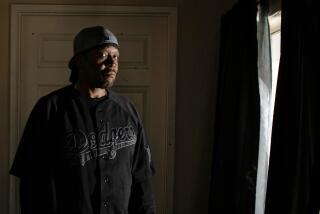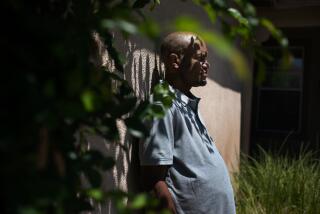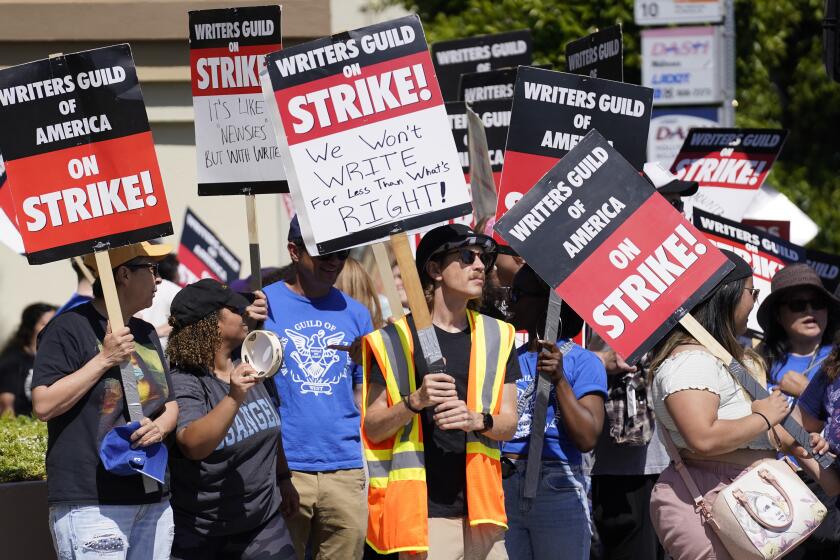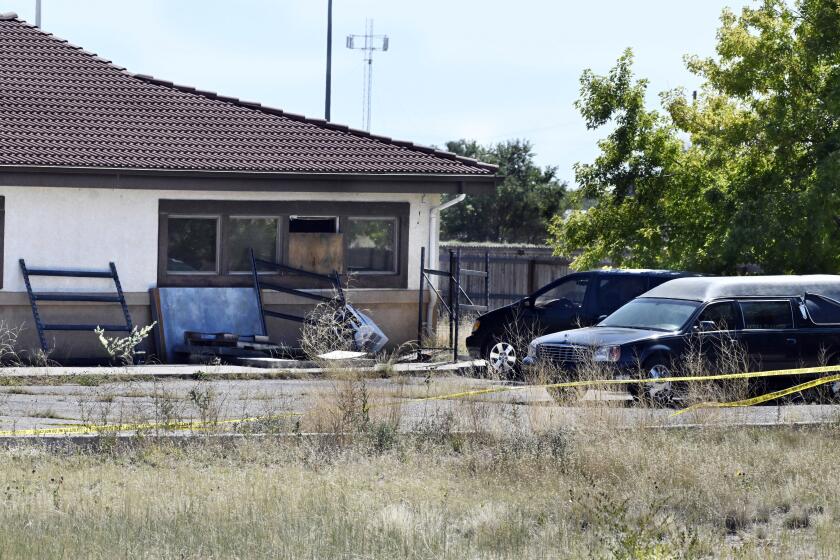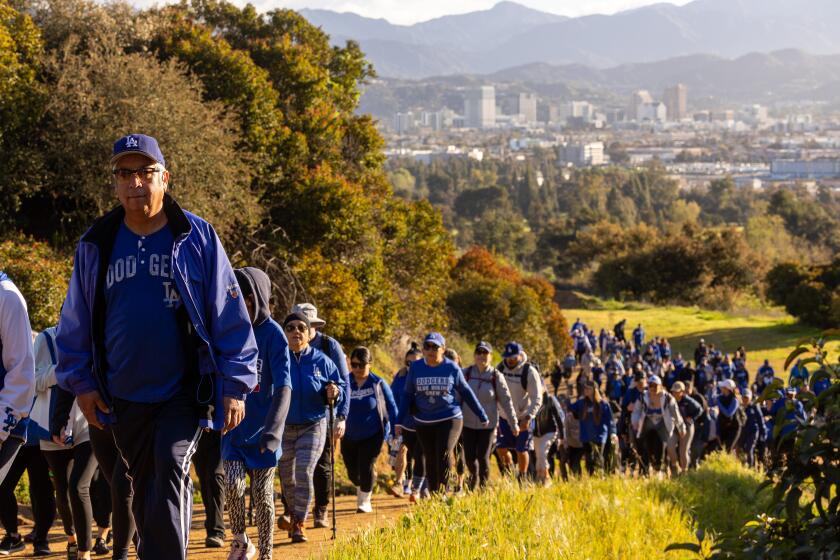California fails to protect Latino workers as coronavirus ravages communities of color
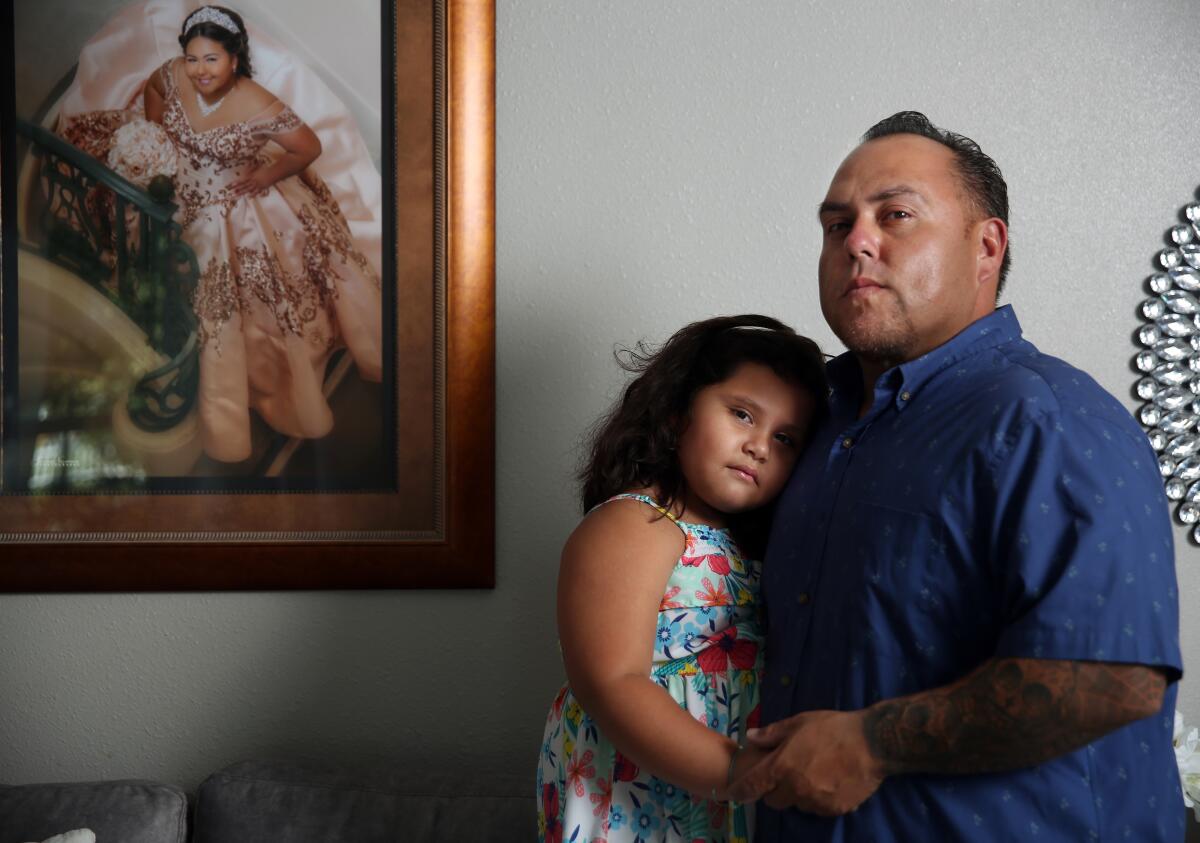
Luis Chavarria and his brother are truck drivers based out of facilities in Compton and the Inland Empire. When his brother got COVID-19, Chavarria kept working — there were bills to pay and food to buy.
The conditions for staying safe amid the pandemic are not ideal, Chavarria said, explaining that co-workers were not given protective equipment, and many did not wear masks because it made communicating with dispatchers difficult. No one wanted to talk about his brother’s hospitalization.
“We do the best we can to protect ourselves, but there is a big fear. It feels like a dark shadow,” the 42-year-old said. “These companies need to keep their eyes out. These companies have so many resources and it feels like they’ve left us in the cold here during the pandemic.”
As California sees a surge in coronavirus cases and hospitalizations, a group that has been especially hard hit are Latinos, who make up nearly 39% of the state’s population but 55% of its COVID-19 cases. According to recent L.A. County Department of Public Health reports, Latino residents are more than twice as likely as white residents to contract the virus. In San Francisco, of thousands tested in the Mission district in a study, 95% of people who tested positive were Latinos.
A Los Angeles Times analysis of statewide data found that for every 100,000 Latino residents, 767 have tested positive. The Black community has also been hit particularly hard: for every 100,000 Black residents, 396 have tested positive. By comparison, 261 of every 100,000 white residents have confirmed infections.
That has led to growing calls for California to do more to protect essential workers. Employers need to make workplaces safer, and testing and access to healthcare and other services should be ramped up for Latino and other non-white communities that are seeing major outbreaks, officials say.
In Los Angeles County, outbreaks are dramatically up at workplaces and offices, a category that includes warehouses, manufacturing plants, mail services, distribution services, waste management and retail.
It’s hard to know how good or bad employers are doing in following coronavirus workplace safety rules. But before L.A. County again shut down indoor dining rooms and bars, inspectors found that 49% of bars and 33% of restaurants were not adhering to physical distancing protocols indoors, while 54% of bars and 44% of restaurants were not enforcing mask and face shield requirements.
“We ... have a large epidemic really reflected up and down the West Coast, and also in Mexico, of essential workers from high-density neighborhoods — predominantly Latinx,” UC San Francisco epidemiologist and infectious-diseases expert Dr. George Rutherford said in a campus town hall forum last week. “And I fear that’s approaching endemicity.”
Experts say the biggest outbreaks have been in Southern California and the Central Valley. In those regions, the economies are particularly reliant on Latino workers, and a number of Latino residents tend to live in densely packed communities where COVID-19 can easily spread through extended families.
“This is a pattern that we’ve seen from the beginning” of the pandemic, Rutherford said. “It really remains kind of the crux of the problem in California.”
COVID-19 can spread easily when workers contract the virus and bring it home to their families. Some of the biggest outbreaks have been in some of Los Angeles’ most densely populated, immigrant neighborhoods including Pico-Union, Westlake and South Los Angeles, a Times analysis found.
Truck driver Rafael Saavedra, 41, also has kept working during the pandemic, although his paycheck has dropped 30%.
The owner-operator of G..X. Saavedra Trucking leaves from his home in Alhambra for work at 5:30 a.m., heading to either the Long Beach or San Pedro port.
Saavedra handles shipping containers from overseas. After loading his truck, he drives 400 miles across California before returning home. But instead of immediately going to greet his wife and children as he used to, he changes out of his work clothes and showers to disinfect himself.
“My worst fear is infecting my daughters,” Saavedra said. “I’m given two masks every three to four weeks. They don’t care about the drivers, and we’re the ones doing all the dirty work.”
Workers and their advocates say companies could be doing much more to keep them safe.
On Friday, Los Angeles County health officials reported the deaths of four employees who worked at Los Angeles Apparel, a downtown garment manufacturer that has been making masks.
The company now has more than 300 confirmed coronavirus cases among its employees.
County officials said Los Angeles Apparel failed to cooperate with a county investigation of a reported outbreak, and the facility was shut down on June 27. At one point, officials alleged that the company tried to reopen with what appeared to be new employees, violating a county order. The company has denied any wrongdoing.
But Barbara Ferrer, director of public health for L.A. County, said in a statement that there is a vital lesson in the case for all employers. “Business owners and operators have a corporate, moral and social responsibility to their employees and their families to provide a safe work environment that adheres to all of the health officer directives.”
Outbreaks at workplaces across California have climbed in recent months.
In April, one worker at a Central Valley Safeway distribution center died from COVID-19 complications and 51 others were infected. A month later, nine industrial facilities in the city of Vernon saw COVID-19 outbreaks.
Of the nine facilities, five were meatpacking plants. The largest outbreak involved more than 200 positive cases of COVID-19 from the Smithfield Foods-owned Farmer John plant, the producer of the beloved Dodger Dog, between March and May, according to the Department of Public Health.
Most of the workers in Vernon commuted from other working-class, heavily-Latino cities across Southern California.
Orange County Labor Federation Executive Director Gloria Alvarado said county officials’ failure to enforce safety mandates has jeopardized essential workers’ safety. She also blamed companies for failing to provide adequate access to personal protective equipment and not reporting COVID-19 cases to employees.
Based on conversations she has had with essential workers, Alvarado said, management at some retail and grocery stores across the county have not enforced mask rules for visitors.
“In the beginning, people were saying, ‘Thank you for risking your life,’ and then all the sudden you don’t care about them,” Alvarado said. “It’s hurtful because those heroes who are out there working — those front-line workers are your neighbors.”
Los Angeles City Councilman-elect Kevin de León said he felt L.A. County had failed to allocate resources to communities of color where COVID-19 has spread.
“In terms of county government, there was no aggressive [coronavirus lab test] examinations or antibody testing, no aggressive contact tracing,” de León said. “The communities that needed the most were the communities who got the least. We know that this is a problem, and we’ve known about it for some time. The problem is, what’s being done about it?”
While the county has received federal CARES Act funding, de León said, most of it has not been spent on the hot spot communities.
“You can also use that money to prevent evictions, to buy equipment concentrated for these communities,” he said. “Today, we have modern day soup kitchen lines in one of the richest cities in the wealthiest state.”
In a statement, L.A. County officials said they have deployed more resources to communities of color, and as a result, the region’s poorest communities now actually have a higher rate of testing than others. They said they expect to announce on Wednesday a plan to expand testing sites significantly in areas of need and engage in outreach to “address the health equity issues that COVID-19 has made so tragically clear.”
They added: “The underlying reasons why communities of color are disproportionately impacted by worse outcomes of COVID is also related to longstanding structural and systemic issues, including racism and historical disinvestments, that L.A. County is working to address and mitigate amidst this pandemic.”
Lai reported from Temecula, Calif., and Lin from San Francisco.
More to Read
Start your day right
Sign up for Essential California for news, features and recommendations from the L.A. Times and beyond in your inbox six days a week.
You may occasionally receive promotional content from the Los Angeles Times.

